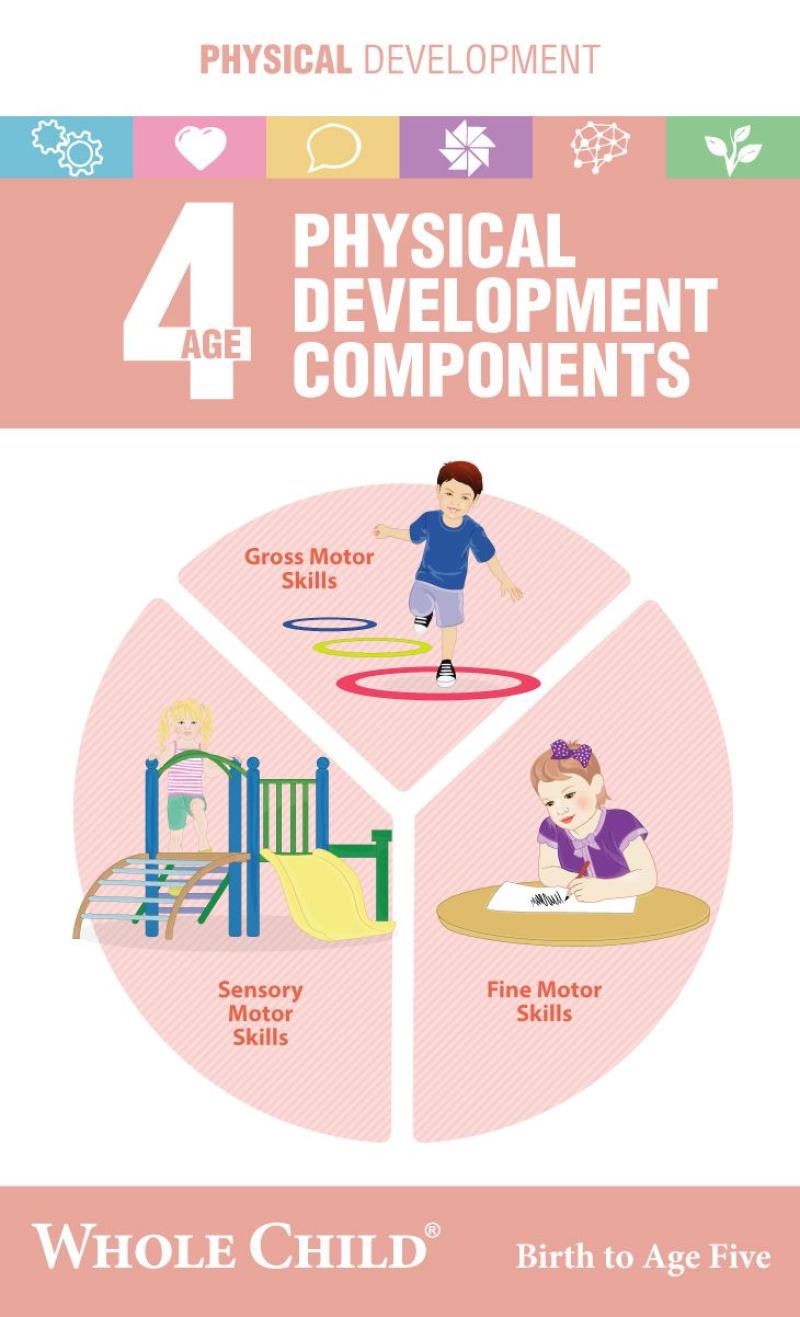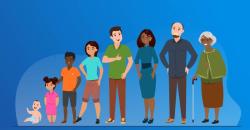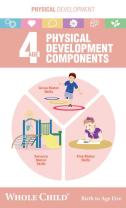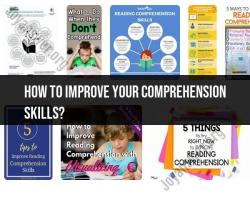What is physical development in early years?
Physical development in early childhood refers to the growth and development of a child's body and motor skills during the first few years of life. It encompasses various aspects, including gross and fine motor skills, sensory development, and overall physical health. Here's an overview of physical development in the early years:
Gross Motor Skills:
- Infancy (0-2 years): Infants gradually develop basic motor skills, such as rolling over, sitting up, crawling, and eventually walking. By the end of the first year, many infants can stand and take their first steps.
- Toddlerhood (2-3 years): Toddlers refine their gross motor skills, improving coordination and balance. They become more adept at running, jumping, climbing, and throwing.
Fine Motor Skills:
- Infancy (0-2 years): Infants start to develop fine motor skills, including grasping objects, picking up small items, and exploring with their hands.
- Toddlerhood (2-3 years): Toddlers' fine motor skills continue to progress. They may begin to use utensils, stack blocks, and engage in activities that require hand-eye coordination.
Sensory Development:
- Infancy (0-2 years): Infants explore the world through their senses, developing sensory abilities such as sight, hearing, touch, taste, and smell.
- Toddlerhood (2-3 years): Toddlers refine their sensory skills, becoming more aware of their environment. They may show preferences for certain textures, tastes, and sounds.
Cognitive Development and Physical Play:
- Infancy (0-2 years): Physical play is crucial for cognitive development. Infants engage in activities like reaching for objects, exploring toys, and beginning to understand cause and effect.
- Toddlerhood (2-3 years): Toddlers engage in more purposeful play, building on their cognitive abilities. They may imitate adult actions, engage in pretend play, and solve simple problems.
Health and Nutrition:
- Infancy (0-2 years): Proper nutrition is essential for physical development in the early years. Infants typically receive nourishment through breastfeeding or formula.
- Toddlerhood (2-3 years): As toddlers transition to solid foods, a balanced diet becomes crucial for continued growth and development.
Speech and Language Development:
- Infancy (0-2 years): Physical development also contributes to speech and language skills. Infants develop the ability to make sounds and gestures, laying the foundation for communication.
- Toddlerhood (2-3 years): Toddlers experience rapid language development, expanding their vocabulary and communication skills.
Social and Emotional Development:
- Infancy (0-2 years): Physical interactions, such as cuddling and hugging, contribute to the emotional well-being of infants.
- Toddlerhood (2-3 years): Physical play and exploration continue to be essential for social and emotional development. Toddlers learn about sharing, cooperation, and expressing emotions physically.
Understanding and supporting physical development in early childhood is crucial for laying the foundation for later learning and well-being. Encouraging age-appropriate activities, providing a safe environment, and offering opportunities for physical play contribute to healthy physical development in the early years.
What constitutes physical development during early childhood years?
Physical development during early childhood years (2-6 years old) encompasses a remarkable transformation in a child's physical abilities and overall growth. This period is characterized by rapid growth, increased coordination, and the development of fine motor and gross motor skills.
Rapid Growth:
Height: Children typically grow 3 inches per year during early childhood, reaching an average height of 46 inches by age 6.
Weight: Children gain 4-5 pounds per year during early childhood, reaching an average weight of 46 pounds by age 6.
Coordination and Balance:
Fine Motor Skills: Children develop the ability to manipulate smaller objects with precision and control. They can hold a pencil and draw, build with blocks, and use scissors more effectively.
Gross Motor Skills: Children gain greater control over their large muscles, allowing them to run, jump, climb, and participate in more complex activities like riding a bike or playing sports.
Key Developmental Milestones:
Age 2: Stands on one foot, jumps with two feet, builds towers with 6-9 blocks, can use a spoon and fork independently.
Age 3: Climbs stairs alternating feet, can hop on one foot, can use scissors to cut along a straight line, can draw a recognizable person.
Age 4: Walks up stairs two at a time, can catch a ball with two hands, can use a crayon to draw detailed shapes, can identify colors and count to 10.
Age 5: Can jump rope, can balance on one foot for 3-5 seconds, can use a knife to spread butter or jelly, can identify the letters of the alphabet.
Age 6: Can skip, can hop on one foot for 10-12 seconds, can draw a person with complete body parts, can write their name, and can count to 100.
These milestones are averages, and each child will develop at their own pace. However, if your child is not reaching these milestones by the age of 7, it is important to talk to your doctor.
Promoting Physical Development:
Provide a safe and stimulating environment for play: Encourage outdoor play, climbing structures, and opportunities for exploration.
Engage in regular physical activity: Encourage daily physical activity, such as playing sports, dancing, or going for walks.
Offer a balanced diet: Provide a nutritious diet rich in fruits, vegetables, whole grains, and lean protein to support growth and development.
Encourage self-care: Encourage children to take care of their own hygiene, dress themselves, and eat healthy snacks.
By providing a supportive and engaging environment, you can help your child reach their full physical potential during early childhood.




